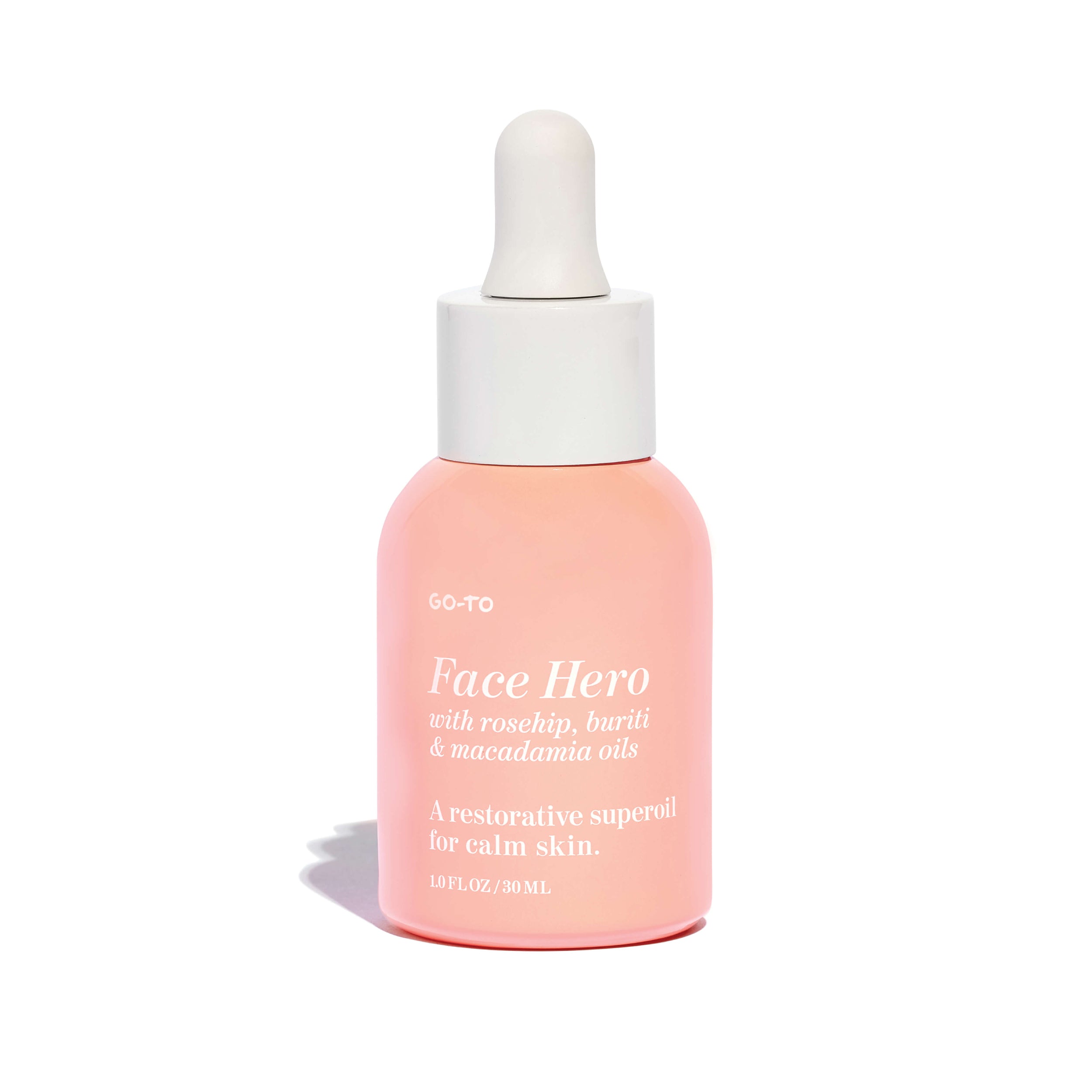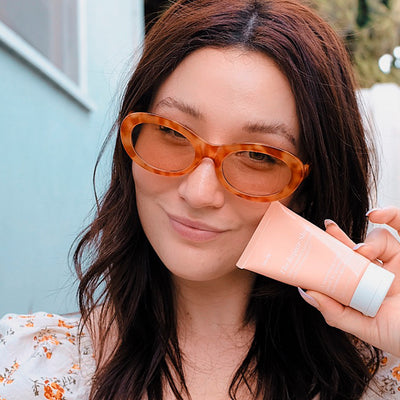There are two things we know for sure.
- You’ve frantically looking for an excuse to cancel all of your weekend plans in anticipation of rewatching Paddington 2.
- There are a whole lot of skincare-rs who think their skin is sensitive when it’s actually just sensitised.
We can’t do anything about those excuses, but we can help you figure out if your skin is sensitive, sensitised, or just a little annoyed about that joke you made last night.
What Is Sensitive Skin
Sensitive skin is a skin type. It’s commonly genetic, and those who have sensitive skin are typically prone to inflammatory or allergic reactions (like rosacea). If your skin has been easily irritated or reactive for as long as you can remember, you’re most likely dealing with sensitive skin.
How To Look Sensitive Skin
- Stick to things that will gently nourish and replenish and protect your skin and steer clear of anything that's been known to cause a reaction for your skin in the past.
- Incorporate calming ingredients into your routine. Think: vitamin E, buriti oil, niacinamide, and zinc oxide. The calming and soothing benefits of these ingredients are known to make these very sensitive-skin friendly.
- Always always patch test by sampling a small amount of product on a non-visible part of your skin and wait at least a day to check for any skin reactions. Never patch tested a product before? Here's a detailed guide to get you started.
- And remember! Sensitive skin can present different for everyone so if you suspect you’re dealing with sensitive skin, it’s always good to consult a trusted skin specialist for expert advice.
What Is Sensitised Skin
Sensitised skin, on the other - just as irritated - hand, is a skin condition. (And an enormously common one at that.) What happens is your moisture barrier gets damaged and your skin lets you know in the form of redness, flaking, itching, breakouts, etc. A damaged moisture barrier is typically the result of external factors, most commonly, environmental stressors like pollution or sun exposure or incorrect use of hardcore active skin care.
Unlike sensitive skin (which can be a lifelong battle), sensitised skin is often just temporary, and with some extra nourishment and the right routine, you can have your skin back to regularly scheduled programming within a month or so.
How To Look After Sensitised Skin
- First things first, you need to (temporarily) put all the actives in your skin care routine on the bench. It’s pretty likely that you’ve compromised your skin’s barrier so what it needs now is TLC.
- Go back to the essentials: A gentle cleanser, a face oil or face cream to replenish, and a whole lot of SPF.
- Treat your skin to a replenishing at-home facial once a week. Incorporating a nourishing repair mask (hint: look for something with ceramides!) is an excellent way to rescue, revive, and repair sensitised skin AND strengthen it, to ensure your skin is healthy, plump, and protected from further damage.
- Be patient. Your barrier is going to need time to heal. And once it has, don’t make the same mistakes you did before. Don’t overdo it with exfoliants (two-three times a week is plenty), go slow when introducing heavy-hitters into your routine (looking at you, retinol), and if you’re ever in doubt, ask a skin expert or dermatologist to help guide you on an effective but not too harsh routine.
















Comments